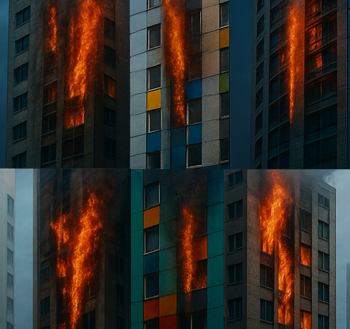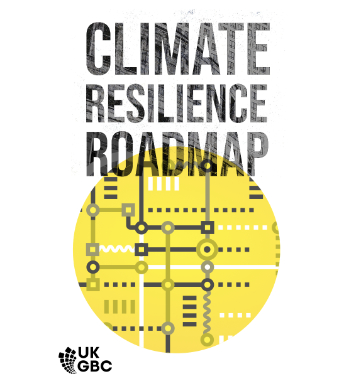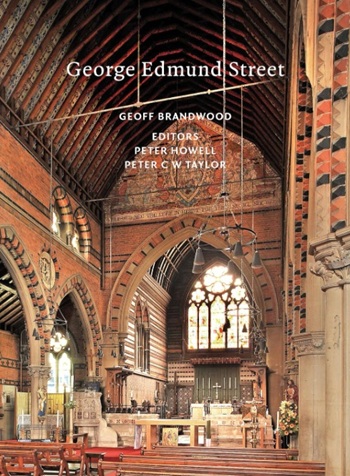Earth bermed buildings
Earth bermed buildings, often called earth shelters or earth sheltered buildings are a design approach that connects a building more significantly to the ground and landscape around it than simply sitting upon it. This typology is normally built slightly below ground or at ground level with an earth burm around that covers most of the external walls and potentially also the roof, creating a sunken or earth sheltered appearance.
Depending on the detail design approach, the building will, to differing degrees benefit from an earth coupling effect, where by the thermal mass, insulative and protective qualities of the surrounding earth benefit the thermal performance of the building. Below around three metres earth tends to have a relatively constant ground temperature, which means in the summer it is cooler than the outside temperature and in winter it is warmer than the outside temperature, this effect lessens gradually as the depth decreases. An earth coupled building does not insulate between the internal space and the earth and as such benefits from the decreased fluctuation of the earths temperature, it will however have insulation and normally high internal mass or glazing on any walls exposed externally.
One well known example of an earth bermed housing scheme is the Hockerton Housing Project, which is a linear cluster of five self-sufficient houses built in Nottinghamshire in 1997 by Brenda Vale. Theses houses are earth coupled and as such require zero to minimal heating and have lower-than-normal energy consumption, which is supplied by onsite renewable energy generation from two 6 kW turbines and 7.6 kW solar panels.
[edit] Related articles on Designing Buildings
- Angstloch.
- Basement v cellar.
- Basement waterproofing.
- Bund.
- CarTube.
- Catacomb.
- Excavation.
- Earth to air heat exchangers.
- Geothermal energy.
- Geothermal pile foundations.
- Ground energy options
- Ground preconditioning of supply air.
- Ground source heat pumps.
- Gabion.
- Global undergrounds - exploring cities within.
- Oubliette.
- Planning (Subterranean Development) Bill.
- Substructure.
- Stad Ship Tunnel.
- The Lowline.
- Thermal labyrinths.
- Tunnels.
- Underground.
Featured articles and news
Homes England supports Greencore Homes
42 new build affordable sustainable homes in Oxfordshire.
Zero carbon social housing: unlocking brownfield potential
Seven ZEDpod strategies for brownfield housing success.
CIOB report; a blueprint for SDGs and the built environment
Pairing the Sustainable Development Goals with projects.
Types, tests, standards and fires relating to external cladding
Brief descriptions with an extensive list of fires for review.
Latest Build UK Building Safety Regime explainer published
Key elements in one short, now updated document.
UKGBC launch the UK Climate Resilience Roadmap
First guidance of its kind on direct climate impacts for the built environment and how it can adapt.
CLC Health, Safety and Wellbeing Strategy 2025
Launched by the Minister for Industry to look at fatalities on site, improving mental health and other issues.
One of the most impressive Victorian architects. Book review.
Common Assessment Standard now with building safety
New CAS update now includes mandatory building safety questions.
RTPI leader to become new CIOB Chief Executive Officer
Dr Victoria Hills MRTPI, FICE to take over after Caroline Gumble’s departure.
Social and affordable housing, a long term plan for delivery
The “Delivering a Decade of Renewal for Social and Affordable Housing” strategy sets out future path.
A change to adoptive architecture
Effects of global weather warming on architectural detailing, material choice and human interaction.
The proposed publicly owned and backed subsidiary of Homes England, to facilitate new homes.
How big is the problem and what can we do to mitigate the effects?
Overheating guidance and tools for building designers
A number of cool guides to help with the heat.
The UK's Modern Industrial Strategy: A 10 year plan
Previous consultation criticism, current key elements and general support with some persisting reservations.
Building Safety Regulator reforms
New roles, new staff and a new fast track service pave the way for a single construction regulator.
























